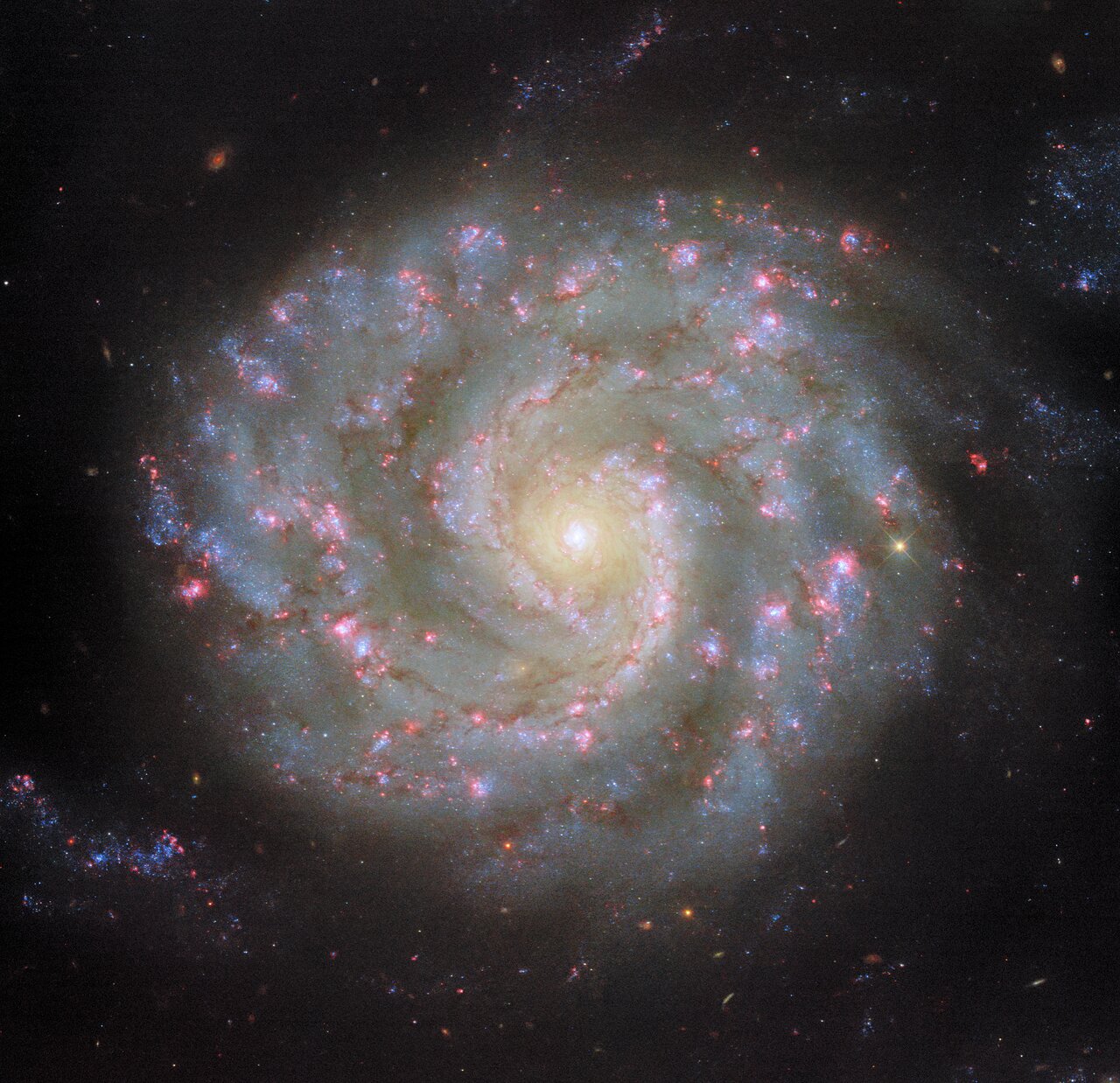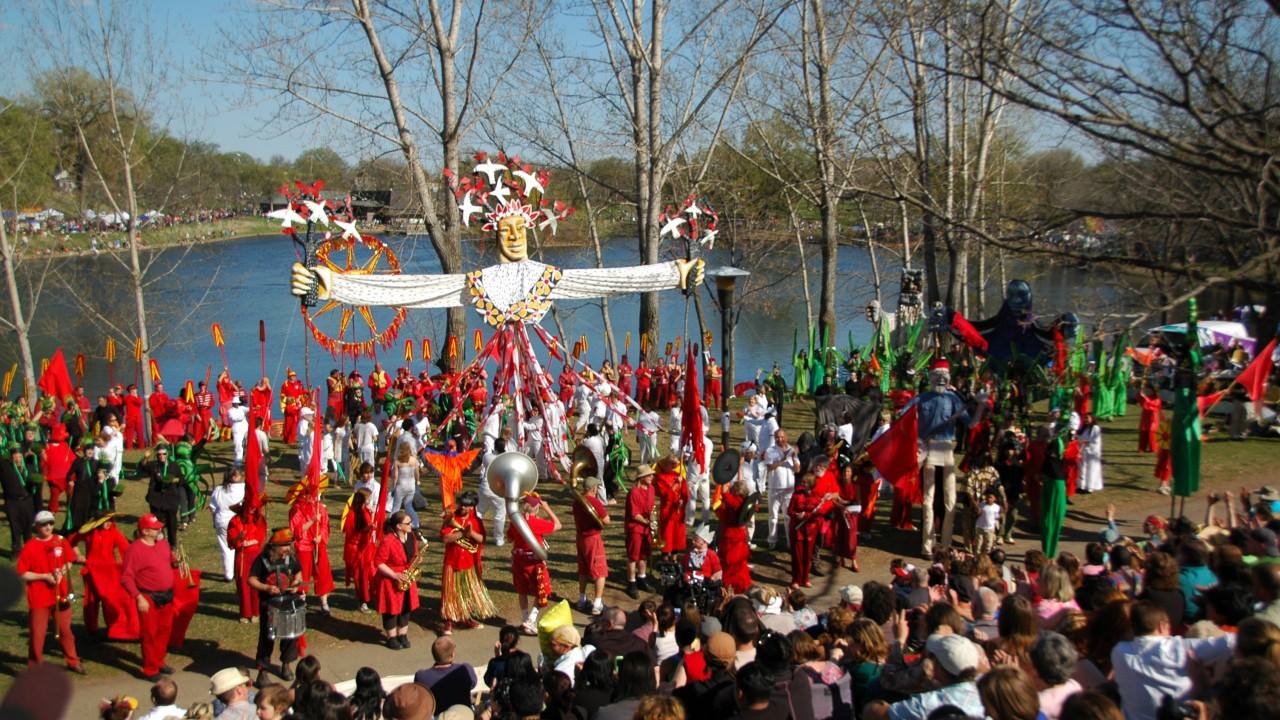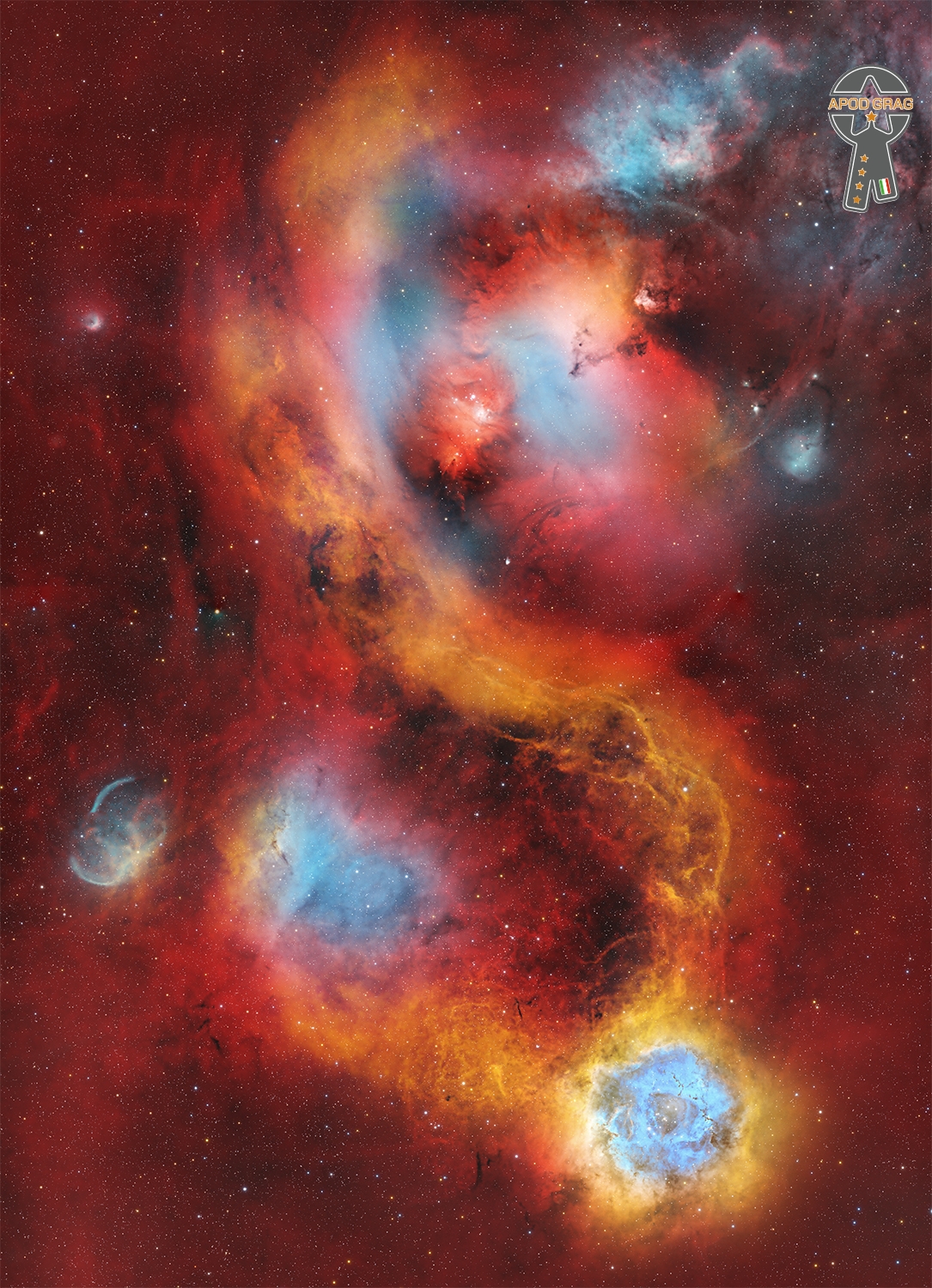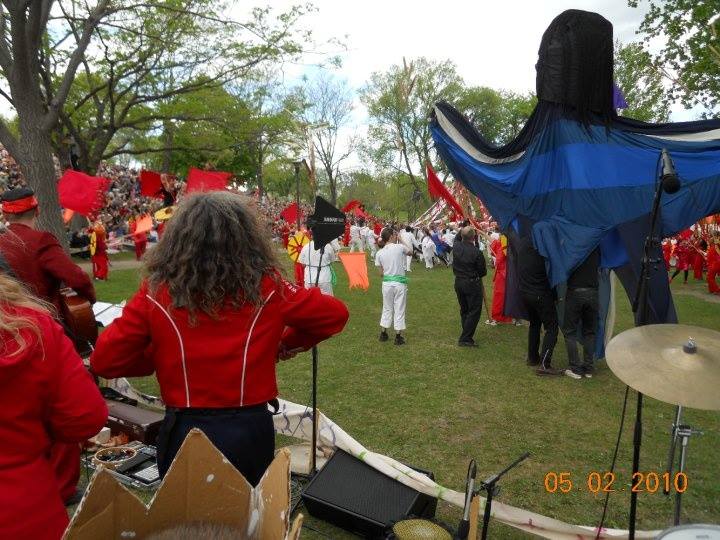Blog
The spiral galaxy NGC 3596 is on display in this NASA/ESA Hubble Space Telescope Picture of the Week, which incorporates six different wavelengths of light. NGC 3596 is situated 90 million light-years from Earth in the constellation Leo. The galaxy was discovered in 1784 by astronomer William Herschel, the namesake of ESA’s Herschel Space Observatory.
NGC 3596 appears almost perfectly face-on when viewed from Earth, showcasing the galaxy’s neatly wound spiral arms. The bright arms mark where the galaxy’s stars, gas and dust are concentrated. Star formation is also most active in a galaxy’s spiral arms, as shown by the brilliant pink star-forming regions and young blue stars tracing NGC 3596’s arms in this image.
What causes these spiral arms to form? It’s a surprisingly difficult question to answer, partly because of the remarkable diversity of spiral galaxies. Some have clear spiral arms, while others have patchy, feathery arms. Some have prominent bars across their centres, while others have compact, circular nuclei. Some have close neighbours, while others are isolated.
Early ideas of how spiral arms formed were stumped by what’s called the ‘winding problem’. If a galaxy’s spiral arms are coherent structures, the arms would be wound tighter and tighter as the galaxy spins, until the arms are no longer visible. Now, researchers believe that spiral arms represent a pattern of high-density and low-density areas rather than a physical structure. As stars, gas and dust orbit within a galaxy’s disc, they pass in and out of the spiral arms. Much like cars moving through a traffic jam, these materials slow down and bunch up as they enter a spiral arm, before emerging and continuing their journey through the galaxy.
[Image Description: A spiral galaxy viewed face-on, with a slightly oval-shaped disc. The centre is a bright white spot surrounded by a golden glow. Two spiral arms extend out from the centre, wrapping around the galaxy and broadening out to form the thick outer edge of the disc. Thin reddish strands of dust and bright pink spots follow the arms through the disc. Faint strands of stars extend from the arms’ tips, out beyond the disc.]

Edward “Kidd” Jordan (Crowley, May 5, 1935 – April 7, 2023) was an American jazzsaxophonist and music educator from New Orleans, Louisiana. He taught at Southern University at New Orleans from 1974 to 2006.
more...Stanley Cowell (May 5, 1941 – December 17, 2020) was an American jazz pianist and co-founder of the Strata-East Records label. Cowell played with Marion Brown, Max Roach, Bobby Hutcherson, Clifford Jordan, Harold Land, Sonny Rollins and Stan Getz. Cowell played with trumpeter Charles Moore and others in the Detroit Artist’s Workshop Jazz Ensemble in 1965–66.
more...
J. B. Lenoir (March 5, 1929 – April 29, 1967) was an American blues guitarist and singer-songwriter, active in the Chicago blues scene in the 1950s and 1960s.
more...Blind Willie McTell (born William Samuel McTier; May 5, 1898 – August 19, 1959) was an American Piedmont blues and ragtime singer, songwriter and guitarist. He played in a fluid, syncopated finger picking guitar style common among many East Coast, Piedmont blues players. Like his Atlanta contemporaries, he came to use twelve-string guitars exclusively. McTell was also adept at slide guitar, unusual among ragtime bluesmen. He sang in a smooth and often laid-back tenor which differed greatly from the harsher voices of many Delta bluesmen such as Charley Patton. He performed in various musical styles including blues, ragtime, religious music, and hokum and recorded more than 120 titles during fourteen recording sessions.
He was born William Samuel McTier in the Happy Valley community outside Thomson, Georgia. In his recordings of “Lay Some Flowers on My Grave”, “Lord, Send Me an Angel” and “Statesboro Blues”, he pronounces his surname MacTell with the stress on the first syllable. He learned to play the guitar in his early teens from his mother and from relatives and neighbors in Statesboro where his family had moved. He was a popular performer on the streets of several Georgia cities, including Augusta and Atlanta where he made his first recordings, eight songs, for Victor Records in 1927 including “Statesboro Blues.” . He never had a major hit record but he had a prolific recording career with different labels and under different names in the 1920s and ’30s. McTell was active in the 1940s and ’50s playing at house rent parties, on street corners, at fish fries, on the medicine and tent show circuit, playing on the streets of Atlanta, often with his longtime friend, Curley Weaver as well as hoboing through the South and East. He made his last recordings in 1956 at an impromptu session recorded by an Atlanta record store owner. He died three years later, having lived for years with diabetes and alcoholism. Despite his lack of commercial success, he was one of the few blues musicians of his generation who continued to actively play and record during the 1940s and ’50s. He did not live to see the American folk music revival when many other bluesmen were rediscovered.
more...Sharon Lafaye Jones (May 4, 1956 – November 18, 2016) was an American soul and funk singer. She was the lead singer of Sharon Jones & The Dap-Kings, a soul and funk band based in Brooklyn, New York. Jones experienced breakthrough success relatively late in life, releasing her first record when she was 40 years old. In 2014, Jones was nominated for her first Grammy, in the category Best R&B Album, for Give the People What They Want.
more...The new Mayday Celebration this year with a new sponsor SEMILLA CENTER FOR HEALING AND THE ARTS (https://www.semillacenter.org/). Mayday was formally sponsored by In The Heart of the Beast Puppet and Mask Theater for over four decades. The tradition continues with a new generation of artists.
This year featuring Grandma Powderhorn fighting the oppressors of evil. mick will be in the parade with Your Community Band and Percussionist with the Mayday Ceremony Artist team. mick is pictured here in 2016 wearing black on the left bottom of pic.

more...
The constellation of Monoceros (which means “unicorn” in Greek) is located in the northern sky, near other constellations such as Orion and Canis Major. This region is especially known for containing several bright nebulae, such as the Rosette Nebula and the Christmas Tree Nebula, as well as other interesting star formations.
1. The Rosette Nebula The Rosette Nebula (NGC 2237-2246) is a large emission nebula located in the constellation of Monoceros, about 4,500 light-years from Earth. It is one of the most famous and studied nebulae due to its impressive spiral shape, which resembles a rose (hence its name). This nebula is a huge reservoir of gas and dust, where new stars are born.
Characteristics: The nebula has a diameter of about 130 light-years. At its center is the star cluster NGC 2244, composed of hot, young stars that have ionized the surrounding gas, creating the bright glow that makes it visible. The nebula is filled with dense gas and dust, which are actively forming new stars.
2. The Christmas Tree Nebula The Christmas Tree Nebula (also known as NGC 2264) is a star-forming region located near the Rosette Nebula, in the constellation of Monoceros. It is located about 2,700 light-years from Earth and is famous for its appearance, with a structure of gas and dust resembling a Christmas tree.
Characteristics: This nebula is a region of active star formation. The star cluster NGC 2264, within the nebula, is composed of young stars, some of which are in the early stages of star formation. The structure, which resembles a Christmas tree, is a formation of gas and dust illuminated by radiation from newly formed stars.
3. Supernova Remnant (SNR G206.0+0.3) Monoceros also contains a supernova remnant known as SNR G206.0+0.3. This remnant is what remains after a supernova explosion, where a massive star has exploded, releasing enormous amounts of energy and material into space.

Richard Anthony Monsour (May 4, 1937 – March 16, 2019), known professionally as Dick Dale, was an American rock guitarist. He was a pioneer of surf music, drawing on Middle Eastern music scales and experimenting with reverb. Dale was known as “The King of the Surf Guitar”, which was also the title of his second studio album.
Dale was one of the most influential guitarists of all time and especially of the early 1960s. Most of the leading bands in surf music, such as The Beach Boys, Jan and Dean and The Trashmen, were influenced by Dale’s music, and often included recordings of Dale’s songs in their albums. His style and music influenced guitarists such as Jimi Hendrix, Pete Townshend, Eddie Van Halen and Brian May.
He has been credited with popularizing tremolo picking on electric guitar, a technique that is now widely used in many musical genres (such as extreme metal, jazz fusion, etc.). His speedy single-note staccato picking technique was unrivaled until guitarists like Eddie Van Halen entered the music scene.
He is cited as one of the fathers of heavy metal for pushing the limits of amplification. Working together with Leo Fender, Dale helped to develop new equipment that was capable of producing thick and previously unheard volumes including the first-ever 100-watt guitar amplifier. Dale also pioneered the use of portable reverb effects.
The use of his recording of “Misirlou” by Quentin Tarantino in the film Pulp Fiction led to his return in the 1990s, marked by four albums and world tours. He was also nominated for a Grammy in the Best Rock Instrumental Performance category for the song “Pipeline” with Stevie Ray Vaughan. In “Rolling Stone’s 100 Greatest Guitarists of All Time”, Dale was ranked 31st in 2003 and 74th in the 2011 revision.
more...Sonny Payne (May 4, 1926 – January 29, 1979) was an American jazz drummer, best known for his work with Count Basie and Harry James.
Payne’s father was Wild Bill Davis‘s drummer Chris Columbus. After early study with Vic Berton, in 1944 Payne started playing professionally around New York with the Dudand Paul Bascomb band, Hot Lips Page, Earl Bostic (1945–1947), Tiny Grimes(between 1947 and 1950), and Lucille Dixon (1948).
more...
Umm Kulthum (Arabic: أم كلثوم; 31 December 1898 – 3 February 1975) was an Egyptian singer, songwriter, and film actress active from the 1920s to the 1970s. She was given the honorific title Kawkab el-Sharq (Arabic: كوكب الشرق, lit. ‘Star of the Orient’). Immensely popular throughout the Middle East and beyond, Umm Kulthum is a national icon in her native Egypt; she has been dubbed “The Voice of Egypt” and “Egypt’s Fourth Pyramid“. In 2023, Rolling Stone ranked Umm Kulthum at number 61 on its list of the 200 Greatest Singers of All Time.
Her funeral in 1975 drew a crowd of over 4 million people, the largest human gathering in Egypt’s history, even surpassing that of president Gamal Abdel Nasser.
more...Sadguru Tyagaraja Swami (Telugu: సద్గురు త్యాగరాజ స్వామి; 4 May 1767 – 6 January 1847), also known as Tyagayya, and in full as Kakarla Tyagabrahmam (Telugu: కాకర్ల త్యాగబ్రహ్మం), was a Hindu saint and composer of Carnatic music, a form of Indian classical music. Tyagaraja and his contemporaries, Shyama Shastri and Muthuswami Dikshitar, are regarded as the Trinity of Carnatic music. Tyagaraja composed hundreds of devotional compositions, most in Telugu and in praise of Rama, many of which remain popular today. Of special mention are five of his compositions called the Pancharatna Kritis (transl. “five gems”), which are often sung in programs in his honour. Tyagaraja composed Utsava Sampradaya Krithis (transl. Festive ritual compositions), which are often sung to accompany temple rituals and Divya Nama Sankeertanas (transl. Divine name compositions) which are sung as a part of concerts and in daily life.
Tyagaraja lived through the reigns of four kings of the Maratha dynasty – Thuljaji (1763–1787), Amarasimha (1787–1798), Serfoji II (1798–1832) and Shivaji II (1832–1855),although he served none of them.
more...Ronald Levin Carter (born May 4, 1937) is an American jazz double bassist. His appearances on 2,221 recording sessions make him the most-recorded jazz bassist in history. He has won three Grammy Awards, and is also a cellist who has recorded numerous times on the instrument. In addition to a solo career of more than 60 years, Carter is well-known for playing on numerous iconic Blue Note albums in the 1960s, as well as being the anchor of trumpeter Miles Davis‘s “Second Great Quintet” from 1963-1968.
Beginning with Where? in 1961, Carter’s studio albums as leader also include Uptown Conversation (1969), Blues Farm (1973), All Blues (1973), Spanish Blue (1974), Anything Goes (1975), Yellow & Green (1976), Pastels (1976), Piccolo (1977), Third Plane (1977), Peg Leg (1978), A Song for You (1978), Etudes (1982), The Golden Striker (2003), Dear Miles (2006), and Ron Carter’s Great Big Band (2011).
more...
